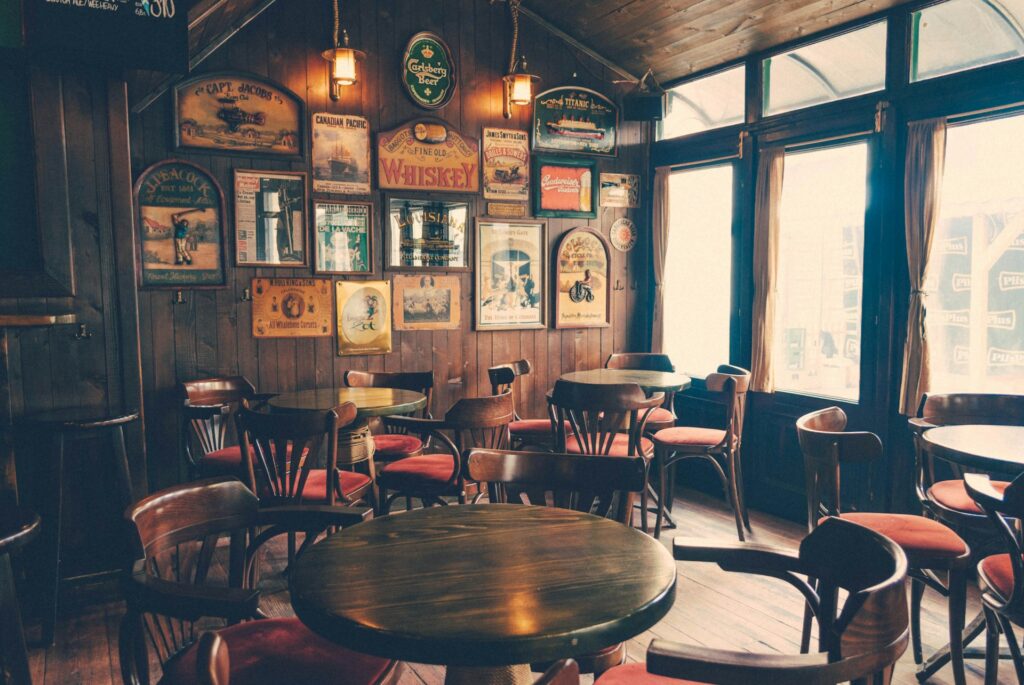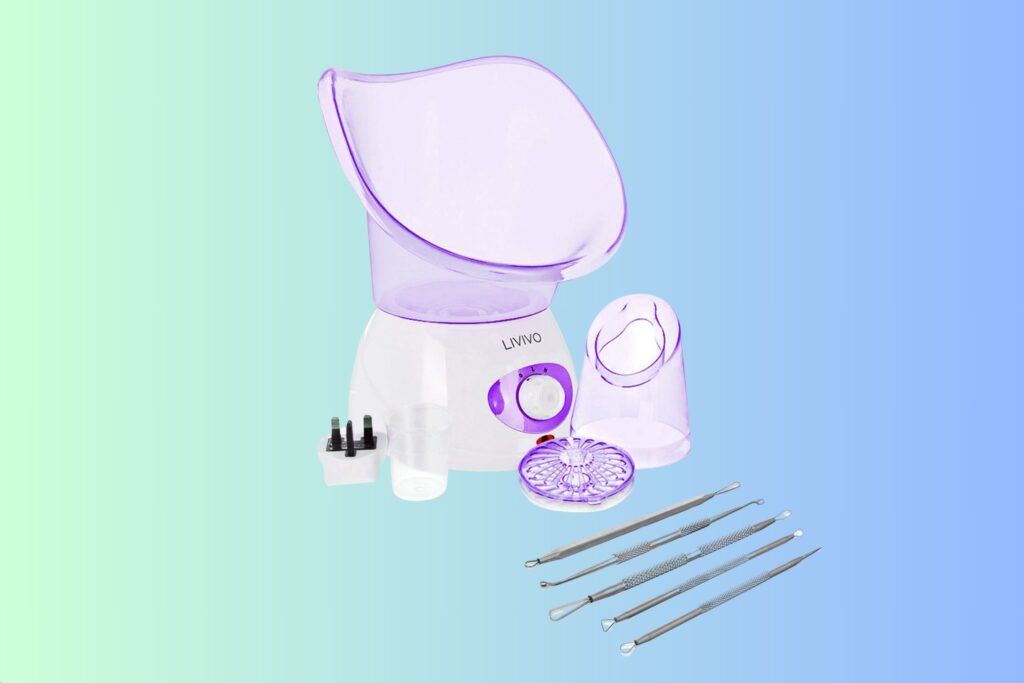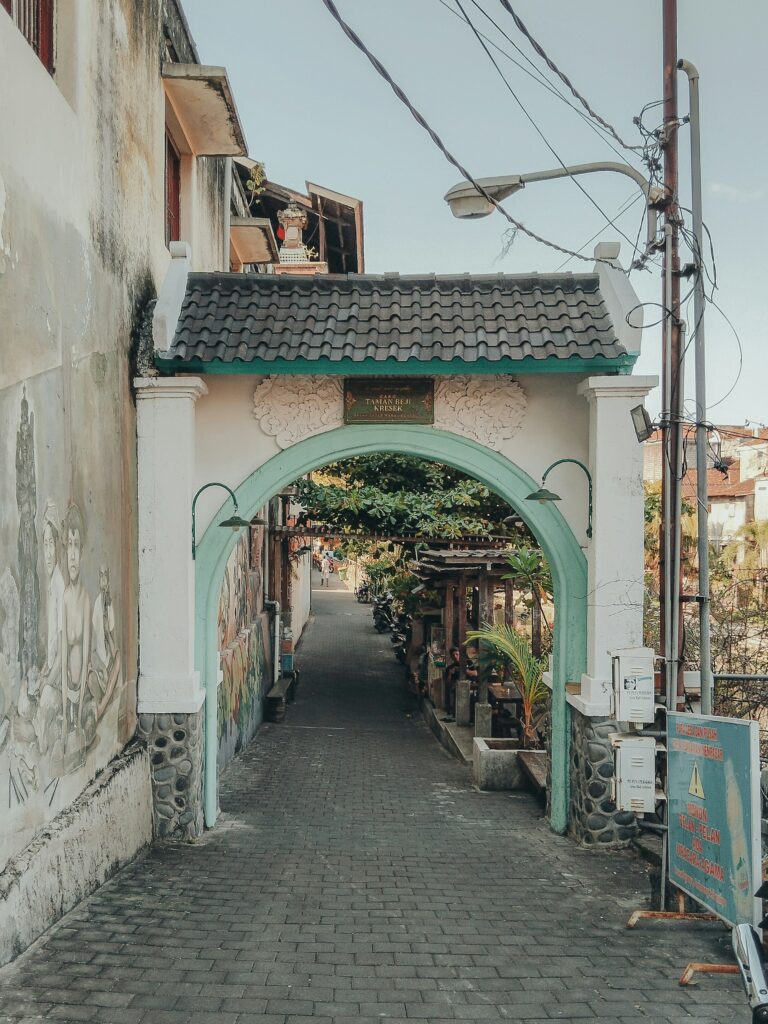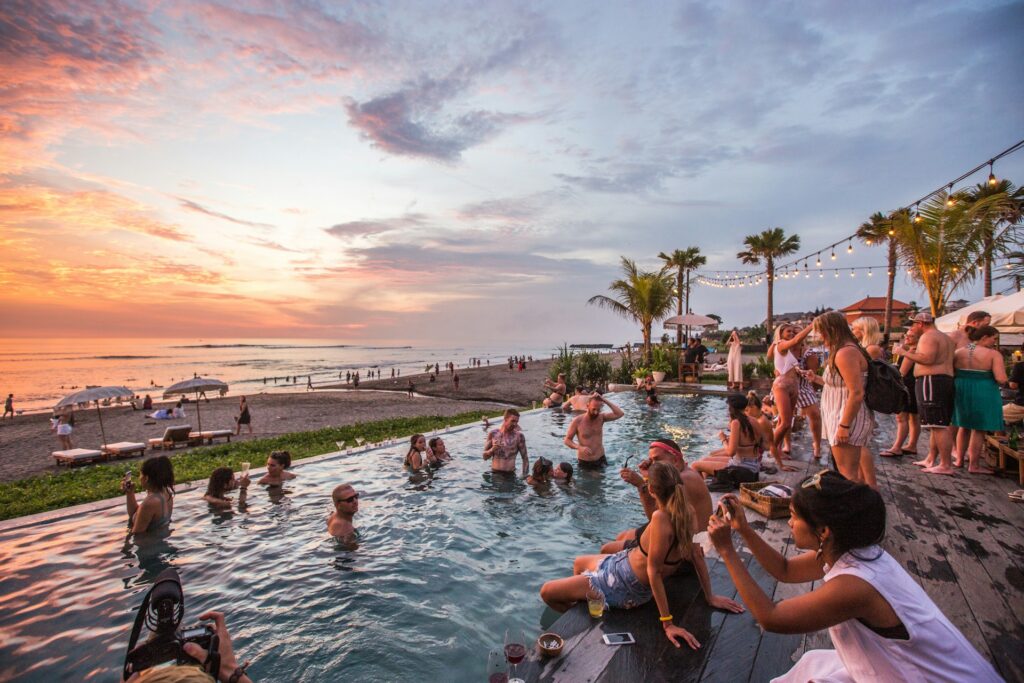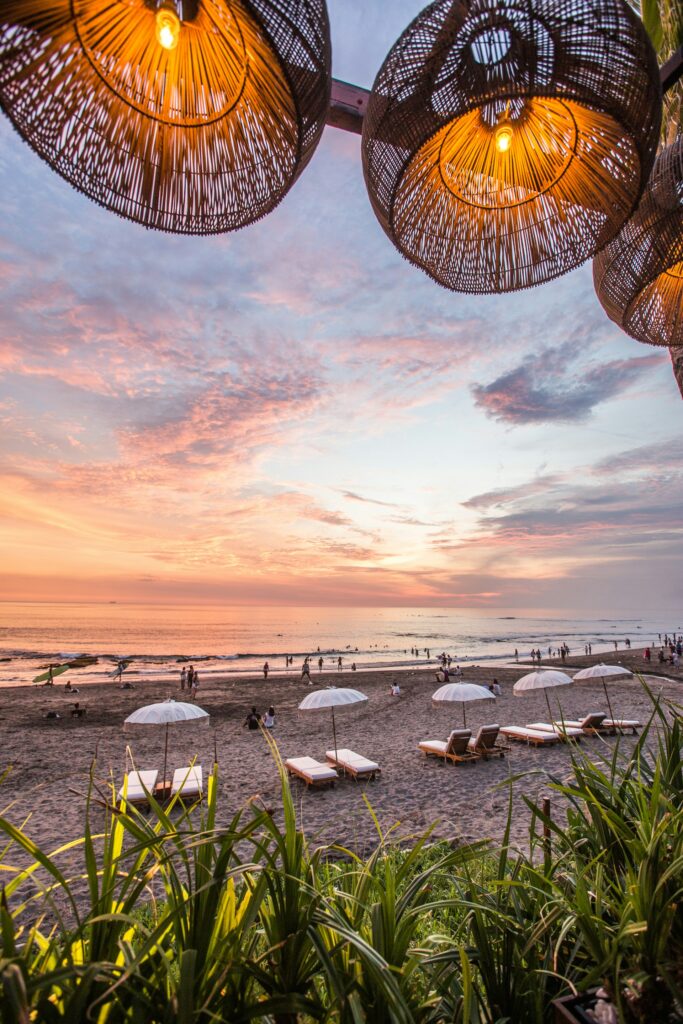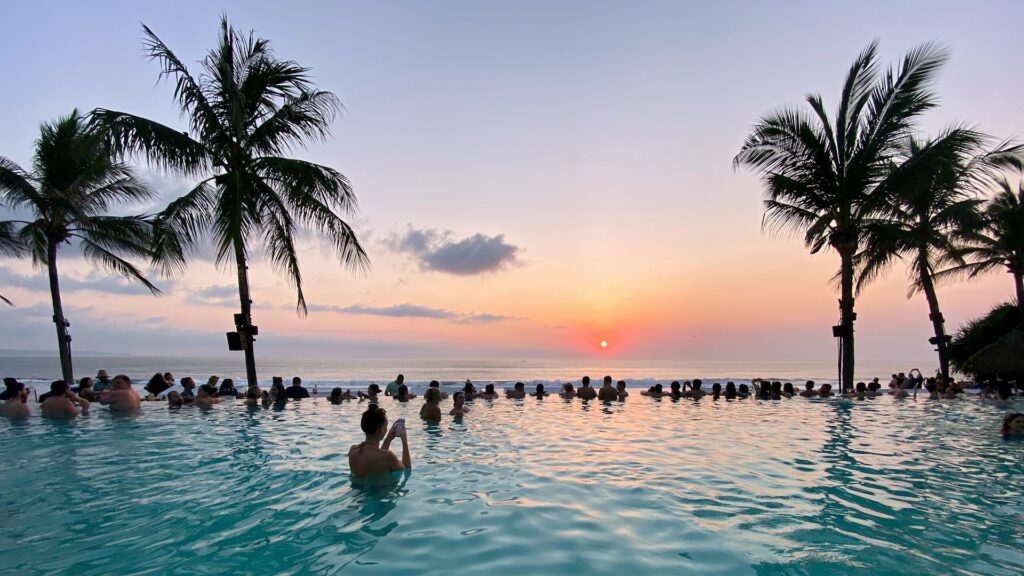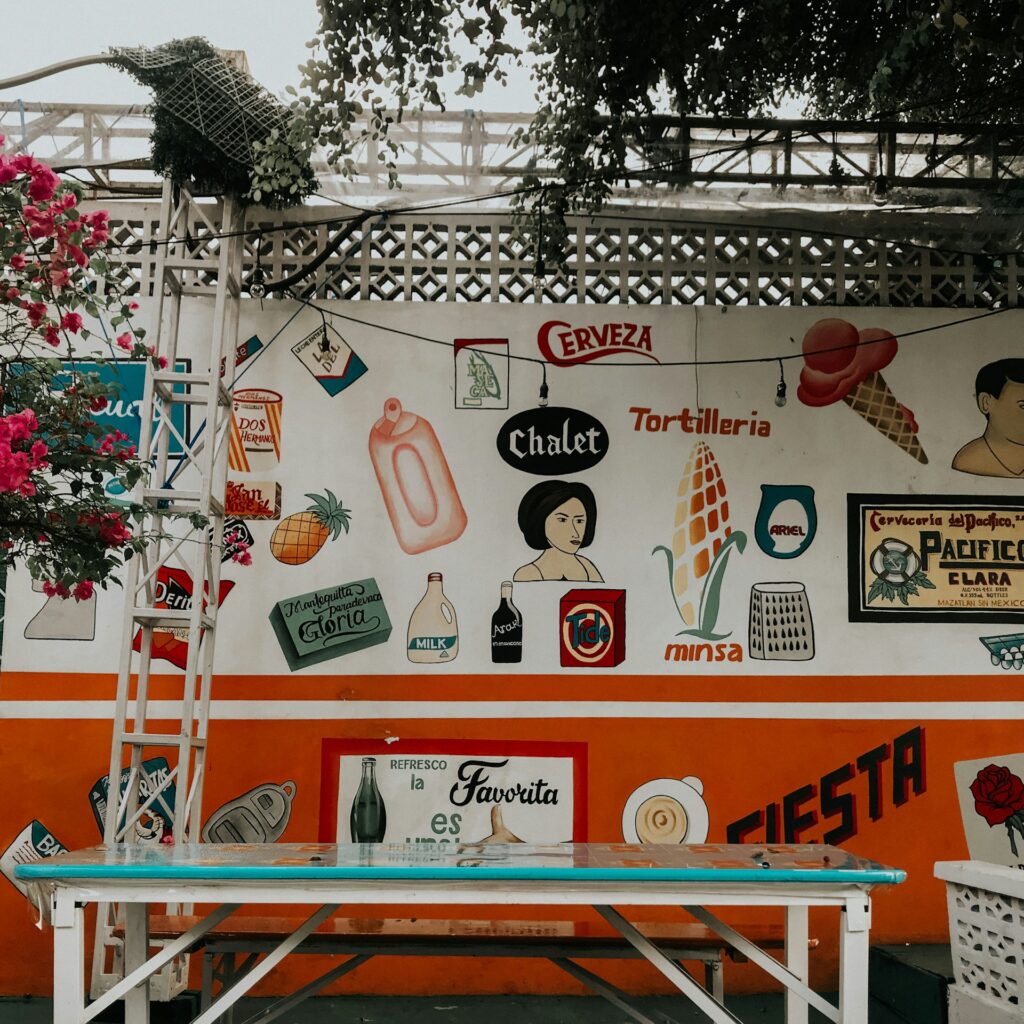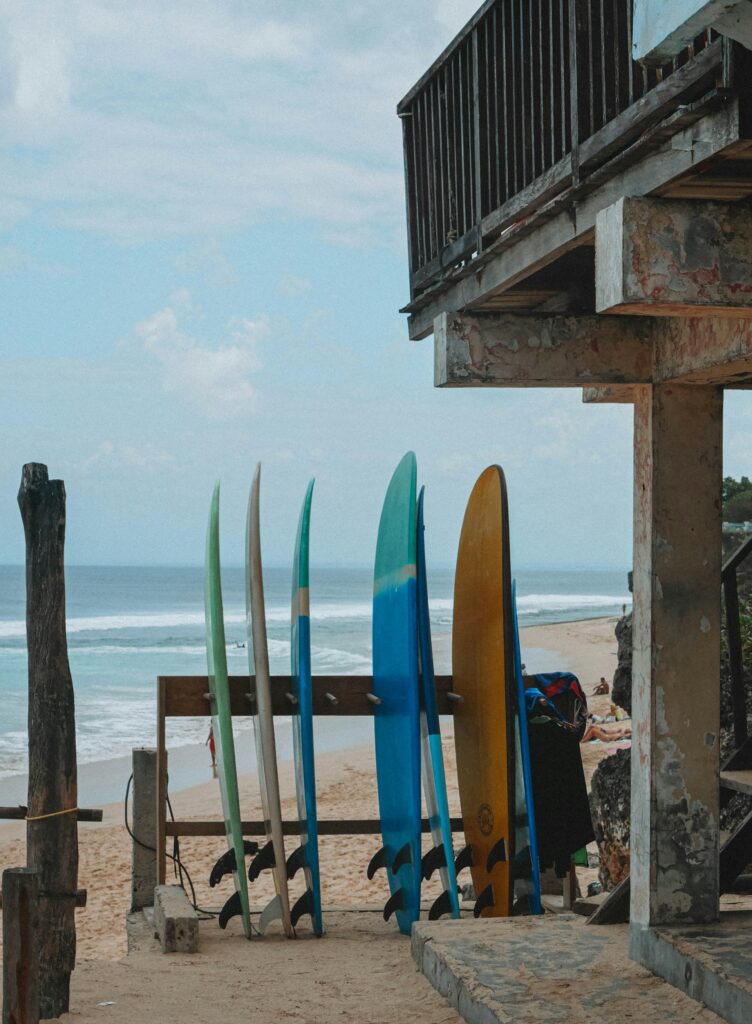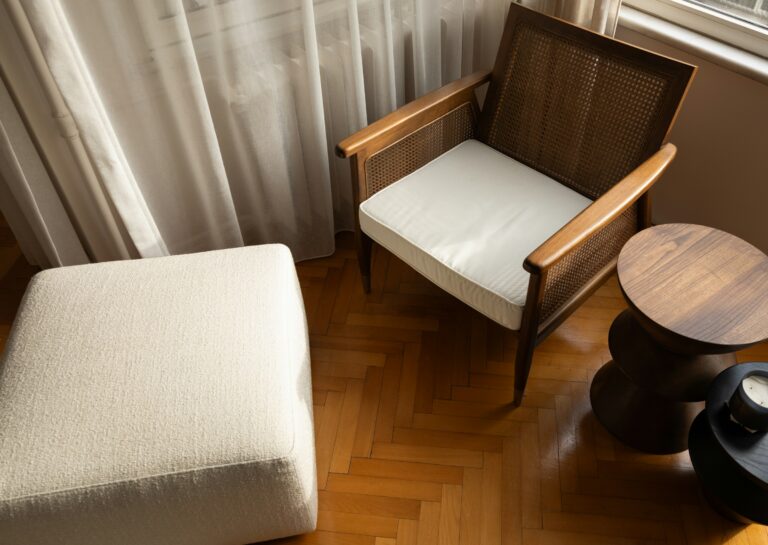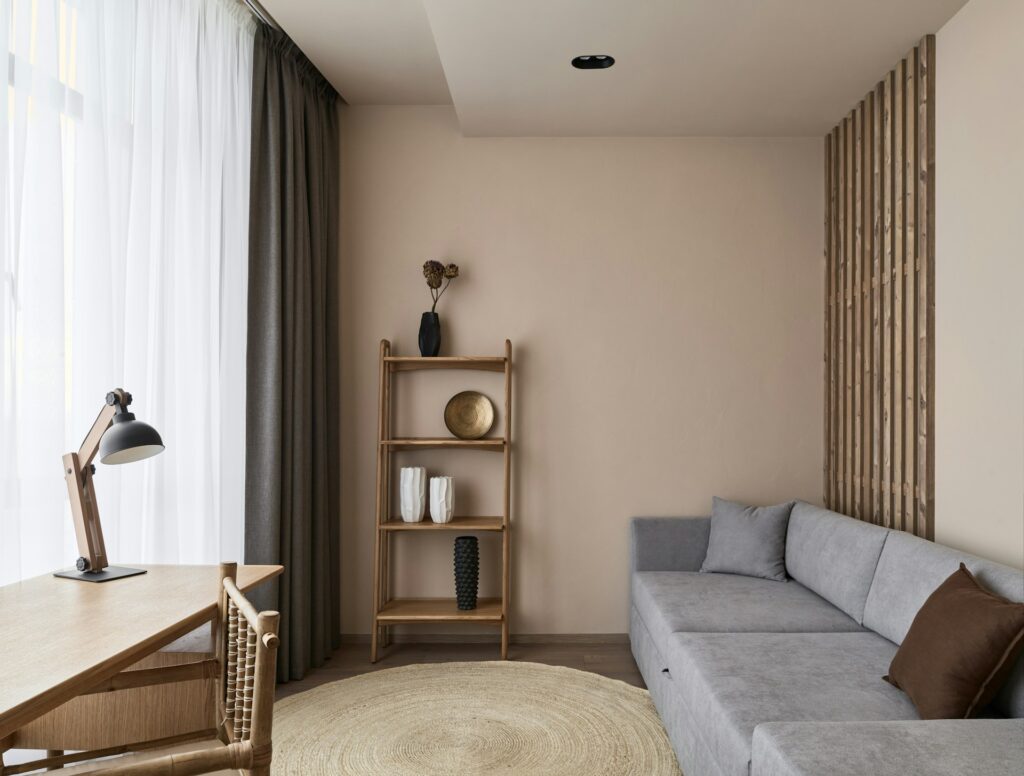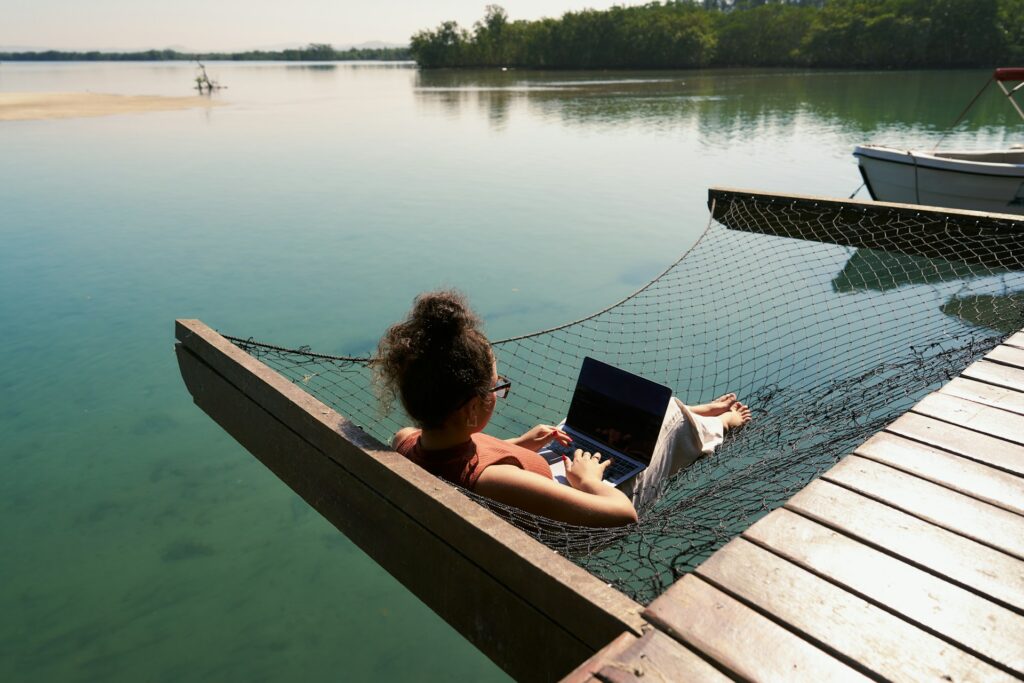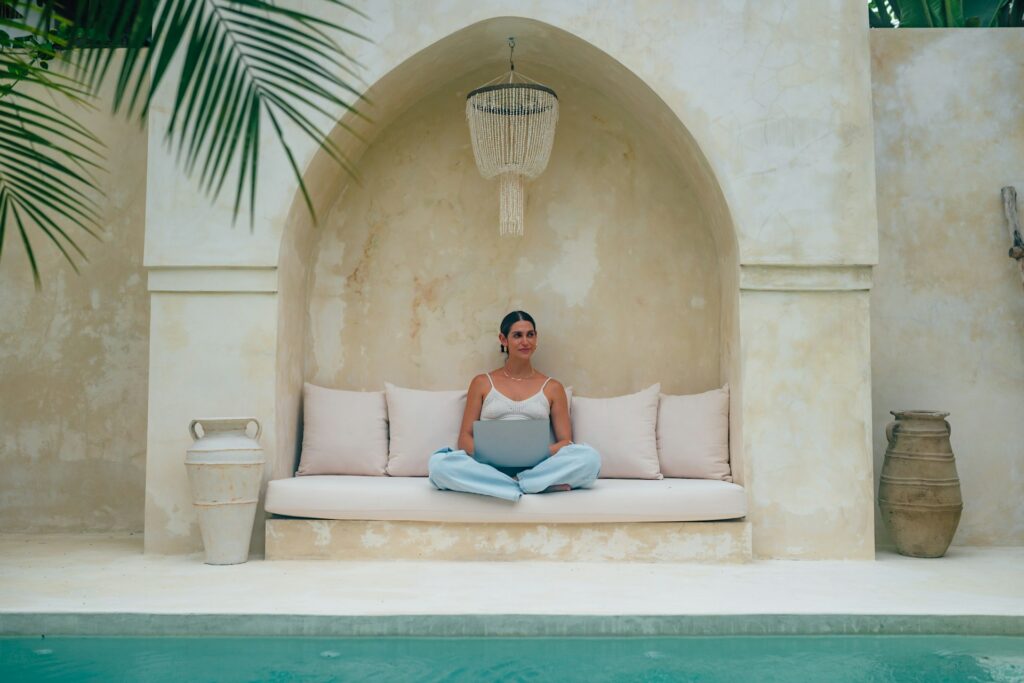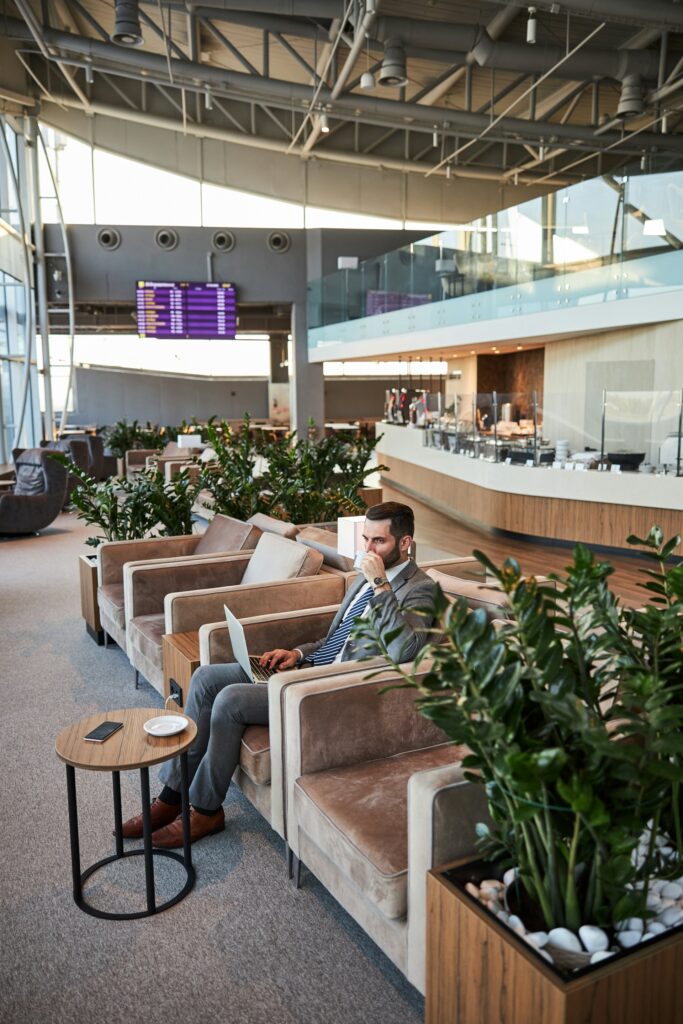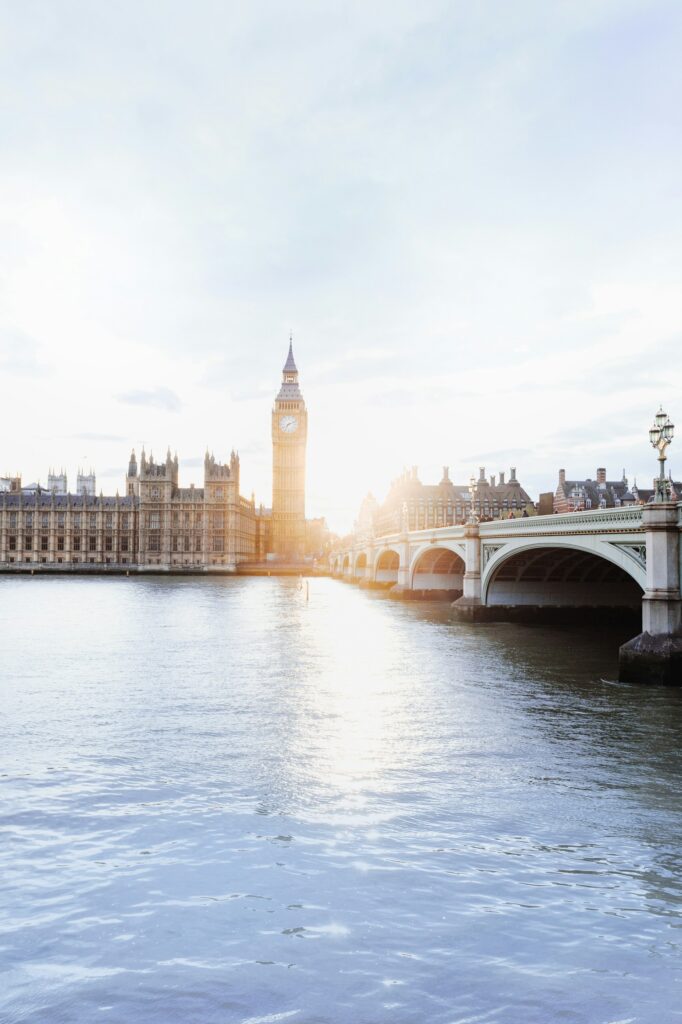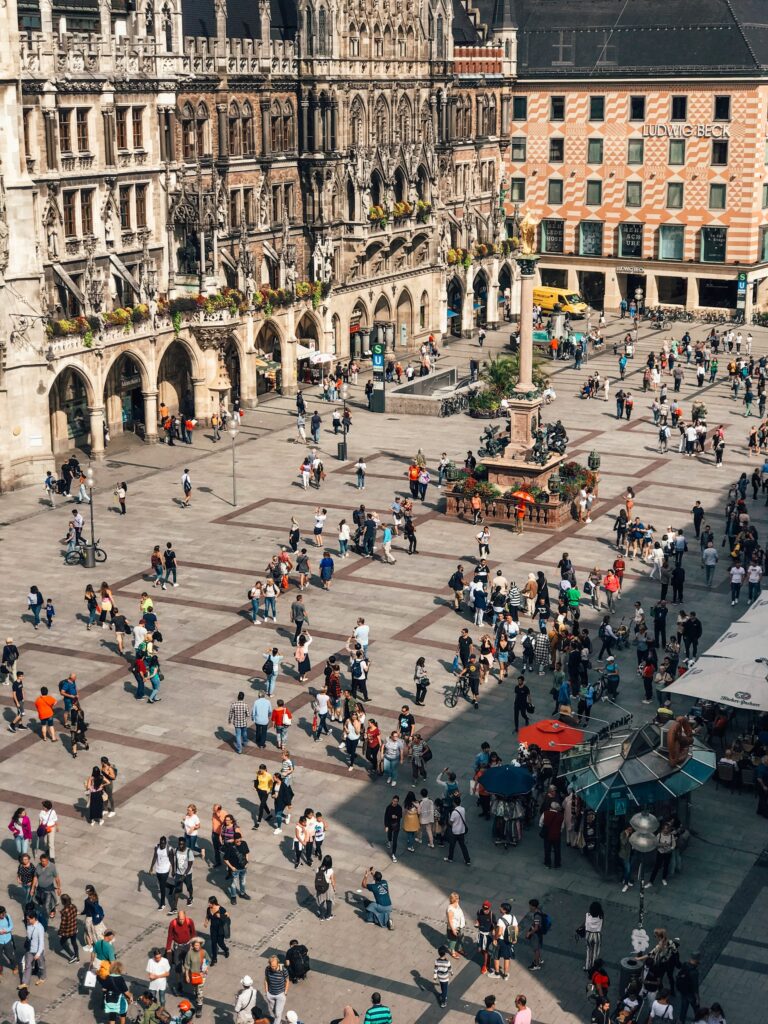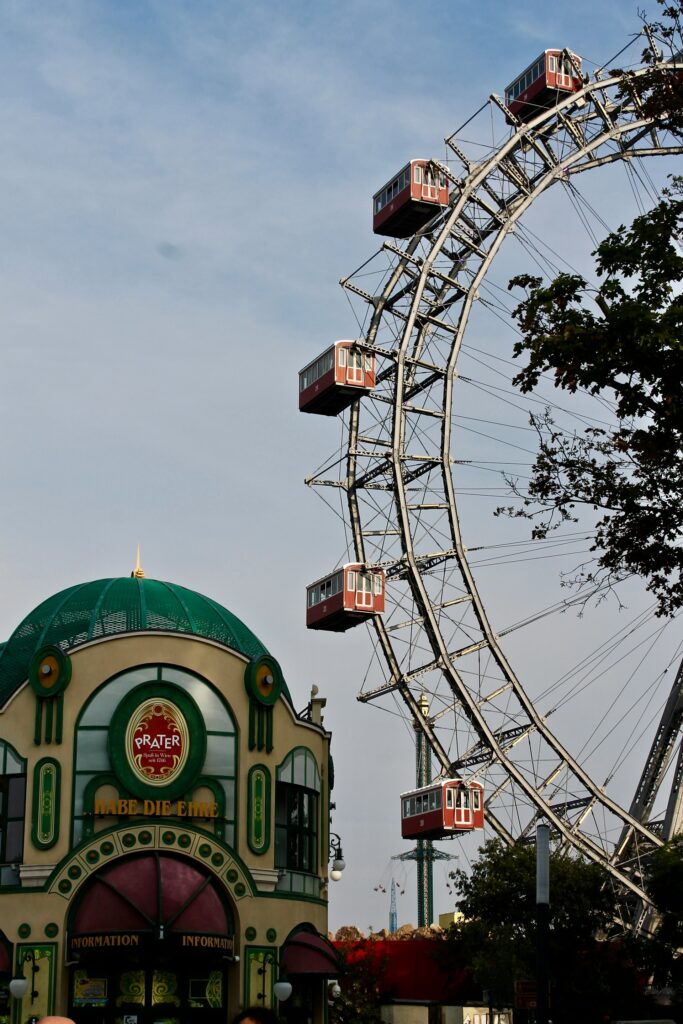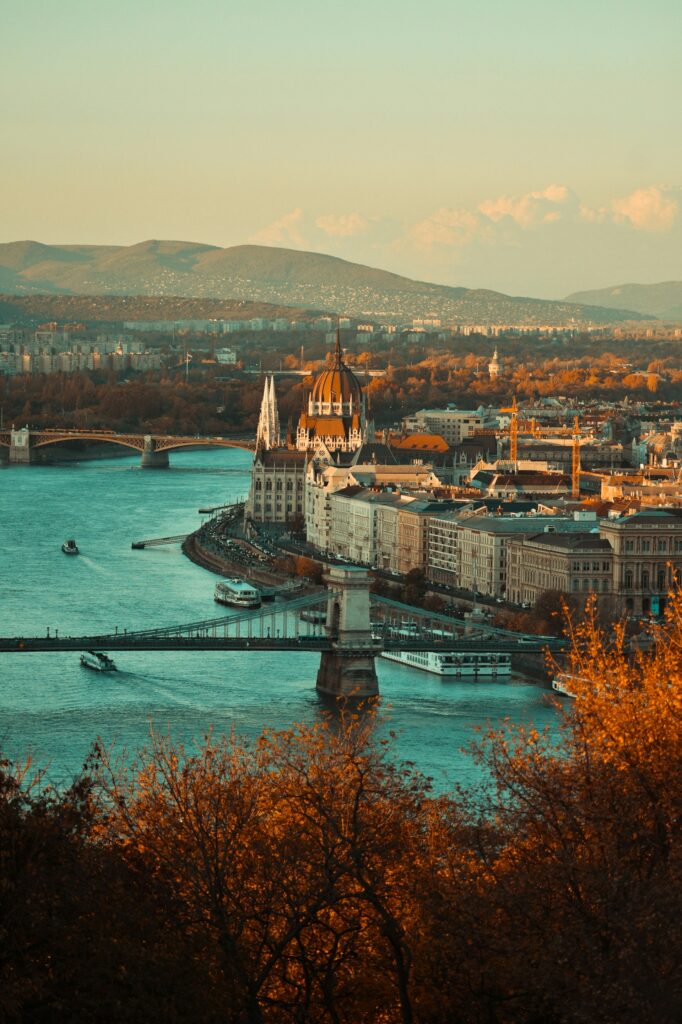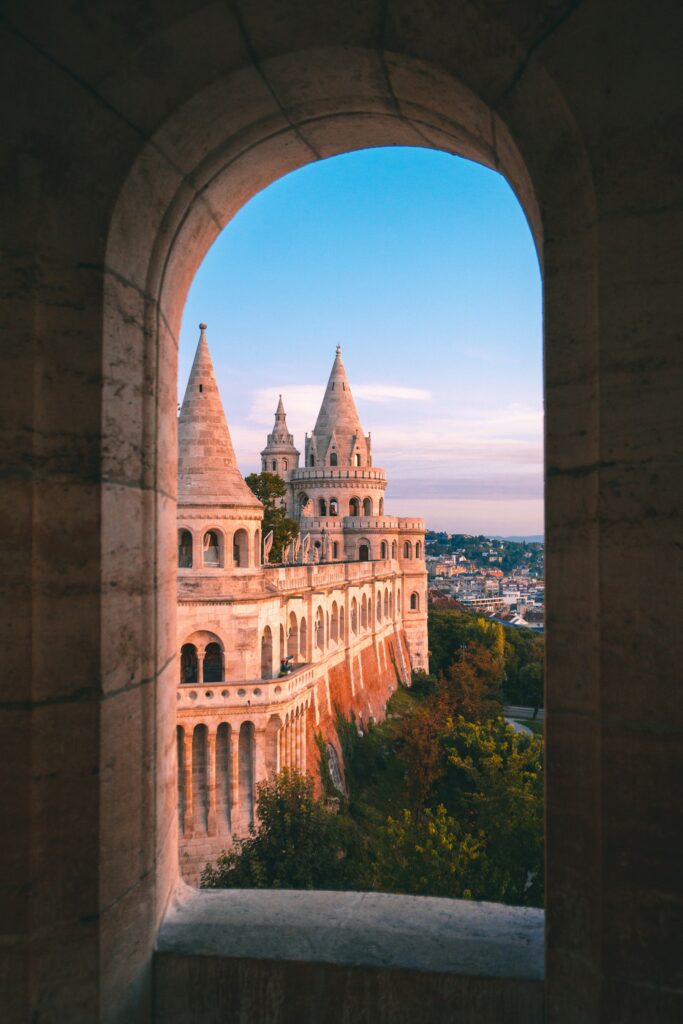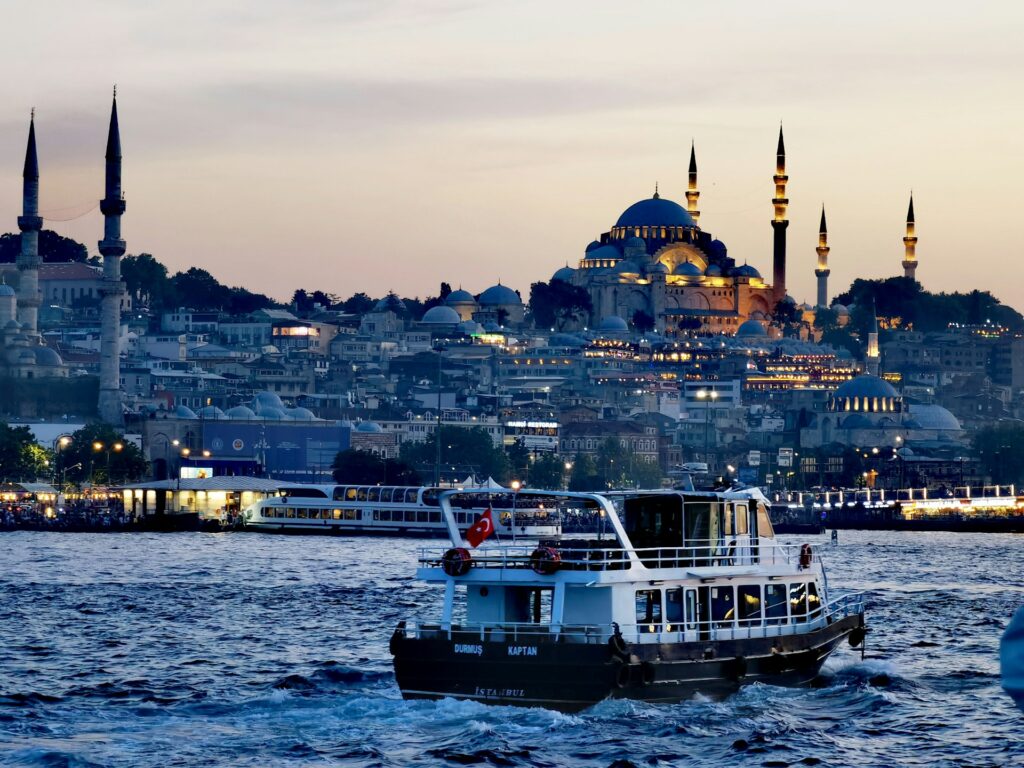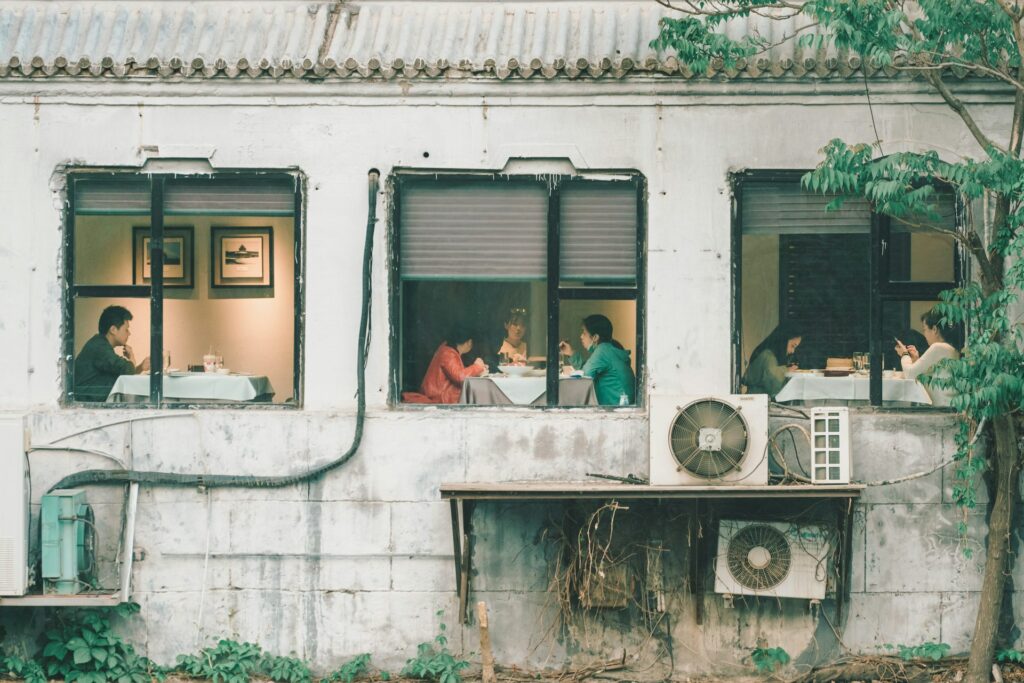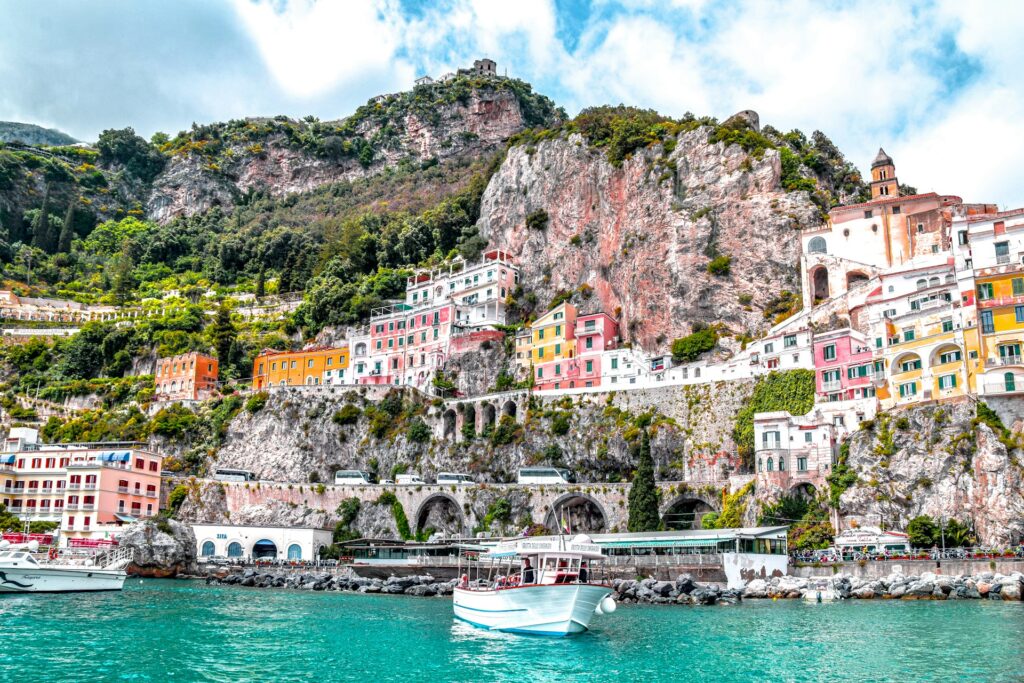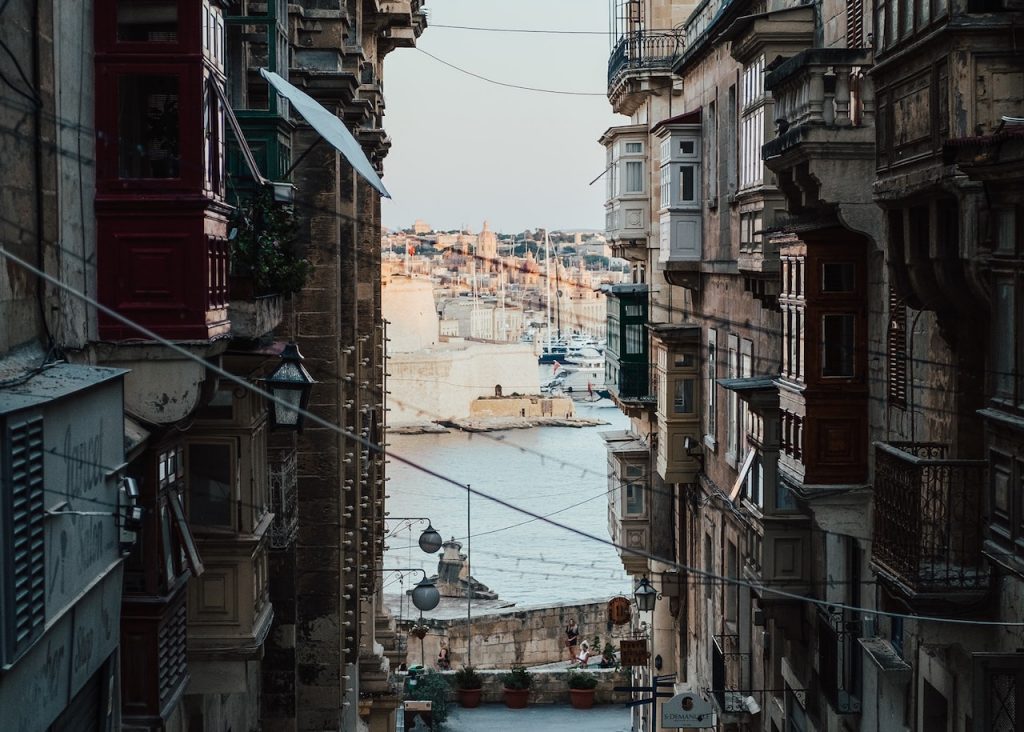With Spring now officially sprung and the promise of warm days and balmy nights a little closer to realisation, your spring and summer wardrobe is no doubt itching for an update.
But before you open that Asos app for a quick flurry of impulsive purchases, consider the impact such spending might have on the planet. With fast fashion growing exponentially and causing huge issues for the environment, might there be a better, more sustainable way to style yourself these coming seasons?
We all know we should be doing more to help the environment, but it’s important to recognise that it is still possible to stay on trend and enjoy life as a fashionista without the guilt of damaging the planet or the lives of others. With that in mind, here are 9 tips for more sustainable spring and summer styling.
Upcycle
A wonderful way to reinvent your wardrobe in a cheaper, greener way is to upcycle your old clothes. Upcycling, as Elle explains, “is one way to ensure sustainability, because it promotes the idea of circular fashion”.
In other words, your old clothes stay in circulation rather than heading to landfill, which is something we should all be getting on board with.
With a little creativity, a pair of scissors, and some needle and thread, you can have a new warm weather wardrobe in no time. Old spring and summer dresses can be turned into skirts and paired with T-shirts or you can simply modify or ‘Midi-fy’ (as we like to say) your dress and shorten the hemline to create a new seasonal dress.
Don’t stop there; an old silk scarf or pashmina can be turned into a halter neck, and old jeans can, of course, be cut to create new shorts. Upcycling old T-shirts can be as easy as adding a contrasting pocket in a beautiful material or turning it into a crop top. We’re also huge fans of transforming old men’s shirts into an off the shoulder number… With a little imagination, there’s no limit to what you can do!
Consider exploring the power of patchwork, too. The patchwork trend has been around for a while now, born, in large part, of necessity. During lockdown, designers started sewing together deadstock fabrics and creating new collections from upcycling old collections. Just how good might this look on one of your vintage jackets that you haven’t worn a while?
Go further; if you have a few different t-shirts you don’t wear anymore, sew several different colours/or textures together to create a new patchwork T-shirt.
Read: 7 purchases to make any old outfit pop

Read: 4 IDEAL ways to customise your clothes and create a one-of-a-kind wardrobe
Embrace Layering With Versatile Pieces
Spring weather (and even summer, let’s be honest!) can be unpredictable, with chilly mornings that blossom into warm afternoons. Embrace the art of layering by investing in versatile pieces that can be easily added or removed as the temperature changes. Look for lightweight cardigans, denim jackets, and breathable blazers that can be worn over dresses or paired with both pants and skirts.
Opt for items made from sustainable materials like organic cotton, linen, or Tencel, which are not only eco-friendly but also perfect for the fluctuating spring climate. By layering, you can adapt your outfit throughout the day without the need for multiple changes, reducing the overall number of items you need in your wardrobe.
Choose Eco-Friendly Rain Gear
Spring showers bring May flowers, and they also call for rain gear. Instead of the typical plastic-based raincoats and boots, seek out eco-friendly alternatives. There are brands that offer rainwear made from recycled plastics and other sustainable materials. These items not only help to reduce your environmental footprint but are also designed to be durable and long-lasting. Look for raincoats with timeless designs and neutral colors that can be worn year after year, and consider second-hand or vintage shops for unique finds that don’t contribute to current production demands.

Cultivate A Garden Of Floral Patterns
Spring and summer are seasons synonymous with floral patterns, and you can incorporate this trend into your wardrobe in a sustainable way. Instead of buying new floral garments, refresh your existing pieces with natural dyes made from flowers and plants. This DIY approach can give a new lease of life to a faded garment and is a fun way to experiment with personal style.
If you’re not into DIY, hunt for floral patterns in thrift stores or swap with friends. When you do shop for new items, look for brands that use digital printing techniques, which typically use less water and dye than traditional printing methods. Remember, a sustainable wardrobe is not just about buying less, but also about making thoughtful choices that celebrate the season in an eco-conscious way.
Share & Swap
Spring and summer is the time for garden parties, barbecues, weddings and, of course, holidays. Well, have you considered renting clothes for this veritable feast of festivities? Hiring a gorgeous dress to wear at that summer soiree that you’ve got coming up is a much better option than buying a dress you’ll probably only wear once or twice this season, don’t you think?
The clothes rental market has seen a big boon in recent years as we become more concerned about sustainability. There are lots of rental apps out there, but some of the best include By Rotation, On Loan, Cocoon, Hurr Collective, My Wardrobe HQ and Hirestreet.


Consider Your Staples
When it comes to your warm weather wardrobe, finding the right staple pieces is so important. These are ‘your basics’, the ones that you can dress up and down and wear in a number of ways.
The right pieces allow you to have fun with your look in a sustainable way, as you don’t have to update your closet with fifty new pieces each season. Instead, carefully select a mixture of things that you can work with for different outfits, and use over and over again.
A simple summer dress, a couple of pairs of shorts, a skirt and a couple of different tops can be mixed and matched endlessly, worn in a variety of situations and suitable for all occasions. Choosing neutral pieces means you can accessorise and make them look unique each time you style them into an outfit.


It’s All About Accessories
Accessories are what will take your outfits to the next level, with bold statement jewellery, bags, shoes, hats and jackets all perfect for changing a bland outfit into one with some serious swagger.
Watches can be a surprisingly flexible accessory, too. Consider switching up the straps to offer you even more flexibility to your style. You can change your casual leather strap for a gorgeous bracelet strap to signal a shift from office to evening, for instance.
Sunglasses are a practical as well as stylish way to lift an outfit, too. For the warmer seasons ahead, think frames in bright neons or pastels, or keep it simple with light and airy shades for your rims.
In terms of investments, accessories make sense, lasting longer than clothes since they can be used year after year, even if your body shape changes. And unlike clothing, accessories tend to wear out much less quickly, meaning less waste in terms of your shopping.
Once you no longer have use for your accessories, selling, swapping or giving them away is a much more sustainable approach than simply throwing them in the bin. Again, since they last better than typical clothing items, they’re more likely to stay in good condition, and able to find a new, loving home.

Go Thrift Shopping
Give secondhand clothing a new lease of life and another chance at being worn by buying second-hand. Thrift shopping is good for your bank balance as well as the environment, and as a bonus, the proceeds go to charity. It really is win-win.
Aside from thrift shopping, you can also check out Facebook Marketplace and secondhand fashion apps like Depop to find preloved items. Everything that’s reused means less waste, and creates less demand for high-street, fast fashion items. Result!
Buy Sustainable Brands
Let’s face it; even if you pledge allegiance to thrift for the foreseeable future, you’re probably still going to buy at least one or two new items for spring/summer. Luckily, the buying power is very much in your hands, and you can prioritise sustainably led brands if you do feel the pressure to buy new.
When it comes to shopping from sustainably focused brands, the term ‘sustainability’ can actually mean a variety of different things – whether the company uses biodegradable fibres and fabrics, or less water in production, uses deadstock fabrics to create new pieces, or doesn’t test any of their products on animals. Ideally, your chosen brand would tick all these boxes. For an expansive rundown of some great sustainable fashion brands, check out Earth.org’s rundown here.
The Bottom Line
Embracing sustainable fashion is not just a trend; it’s a lifestyle choice that reflects a commitment to environmental responsibility and ethical consumerism. As we welcome the warmer seasons, it’s crucial to remember that every purchase we make has an impact.
In the end, sustainable styling for spring and summer is about being mindful of our choices and recognising that fashion can be both fabulous and kinder to the planet. It’s about finding a balance between expressing our personal style and being conscious of the world we live in. So, as you update your wardrobe this season, let’s commit to making choices that help us look good while doing good.







